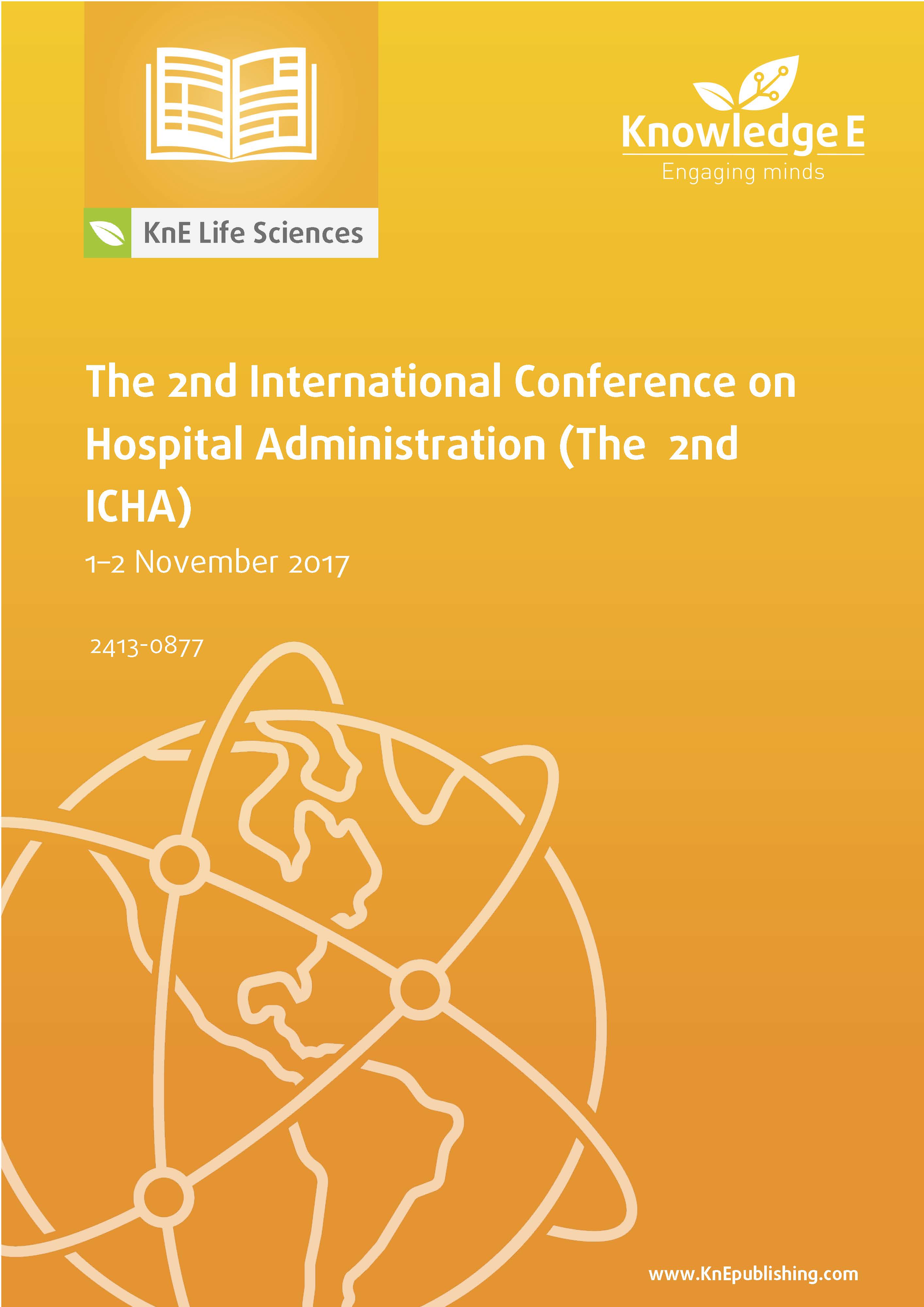The Implementation of INA-CBGs System Impact on Financial Performance of Public Hospital, the Indonesia Case: A Systematic Review
DOI:
https://doi.org/10.18502/kls.v4i9.3553Abstract
Indonesia started the national health insurance system on 1 January 2014. In this system, there is only one insurer institution, BPJS Kesehatan, a social security agency established by the government to provide health insurance for Indonesian people. This new national health insurance system pays all claims based on package system called Indonesia Case-Based Groups (INA-CBGs). The aim of this review is to describe the application of the INA-CBGs system and its effect on financial performance of the public hospital and helping them in identifying and anticipating problems in implementation of the INA-CBGs system. This review shows prism flowchart using Proquest and Portal Garuda with INA-CBGs, public hospital finance performance, universal health coverage, and Indonesia as the keywords. From the 15 selection research journals, we found that the implementation of the INA-CBGs system with the prospective payment system can provide a positive impact on the financial performance in public hospital, when the hospital could reduce inefficient cost of treatment. Furthermore, public hospitals achieve a surplus since they receive a donation from the government for salary expenses and investment-related expenses. Public hospital management in Indonesia should consider the competence of their accounting and financial managers so they can manage their hospitals properly. Each
public hospital management must have a strategy and innovation to improve the quality of service so they can compete with other hospitals and financial performance can be improved in this JKN era.
Keywords: INA CBGs, Public Hospital financial performance, universal health coverage, Indonesia
References
World Health Organization. (2014). What is health financing for universal coverage? Health Financing. Retrieved from http://www.who.int/health_financing/ universal_coverage_definition/en/ (accessed on 04 June 2016).
Hussein, R. (2015). A review of realizing the Universal Health Coverage (UHC) goals by 2030: Part 1- Status quo, requirements, and challenges. Journal of Medical Systems, vol. 39, no. 7.
Latko, B., et al. (2011). The growing movement for universal health coverage. Lancet, vol. 377, no. 9784, pp. 2161–2163.
Republik Indonesia. (1945). Undang-Undang Dasar Negara Republik Indonesia Tahun 1945. Indonesia.
Republik Indonesia. (2004). Undang-Undang Nomor 40 Tahun 2004 tentang Sistem Jaminan Sosial Nasional. Indonesia.
Wa Ode, D. W., Karimuna, S. R., and Munandar, S. (2016). Studi Penerapan Ssitem Pembayaran Layanan Kesehatan dengan Sistem Diagnosis Penyakit (Indonesia Case Based Groups/INA-CBGs) di Ruang Rawat Inap Rumah Sakit Umum Bahteramas Kota Kendari Tahun 2015. J. Ilm. Mhs. Kesehat. Masy., vol. 1, no. 3.
Widmer, P. K. (2015). Does prospective payment increase hospital (in)efficiency? Evidence from the Swiss hospital sector. The European Journal of Health Economics, vol. 16, no. 4, pp. 407–419.
Ambarriani, A. S. (2014). Hospital financial performance in the Indonesian national health insurance era. Soc. Interdiscip. Bus. Res., vol. 4, no. 1, pp. 367–379.
Nugraheni, S. W. (2015). Evaluasi Penerapan Jaminan Kesehatan Nasional ( JKN) di RSUD dr. Moewardi Surakarta. J. Ilm. Rekam Medis dan Inf. Kesehat., vol. 5, no. 2.
Mathauer, I. and Wittenbecher, F. (2013). Hospital payment systems based on diagnosis-related groups: Experiences in low- and middle-income countries. Bulletin of the World Health Organization, vol. 91, no. 10, pp. 746–756A.
Wang, Z., Liu, R., Li, P., et al. (2014). Exploring the transition to DRGs in developing countries: A case study in Shanghai, China. Pakistan Journal of Medical Sciences, vol. 30, no. 2, pp. 250–255

